Home / Albums / Tag Century:15th 80

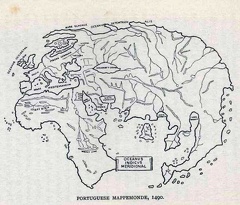 Portuguese Mappemonde. 1490
Portuguese Mappemonde. 1490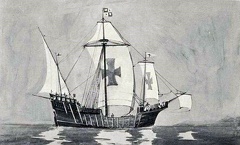 Caravel , 15th Century
Caravel , 15th Century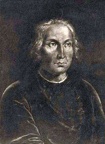 Portrait of Columbus
Portrait of Columbus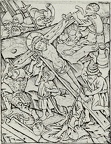 Master of the Year 1446. Christ Nailed to the Cross
Master of the Year 1446. Christ Nailed to the Cross Master of the Playing Cards. Man of Sorrows
Master of the Playing Cards. Man of Sorrows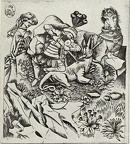 Master of the Playing Cards. St. George
Master of the Playing Cards. St. George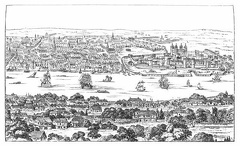 South-east Part of London in the Fifteenth Century, showing the Tower and Wall
South-east Part of London in the Fifteenth Century, showing the Tower and Wall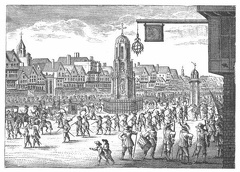 Chepe in the Fifteenth Century
Chepe in the Fifteenth Century The 'Great Harry', the First Big Battleship of the British Navy
The 'Great Harry', the First Big Battleship of the British Navy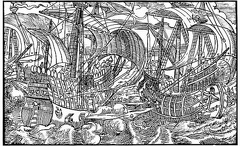 A Sea-fight in Tudor Times
A Sea-fight in Tudor Times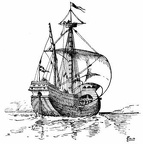 Fifteenth-century Ship
Fifteenth-century Ship Portuguese Voyages and Possessions
Portuguese Voyages and Possessions The Printing of Books
The Printing of Books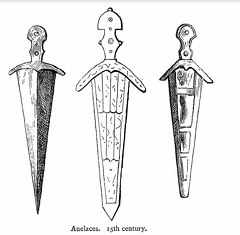 Anelaces
Anelaces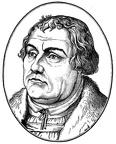 Dr. Martin Luther
Dr. Martin Luther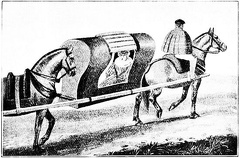 Horse Litter
Horse Litter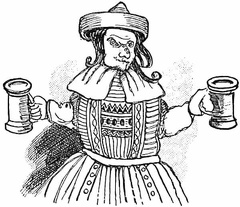 Elynor Rummyng
Elynor Rummyng The “Dick Whittington,” Cloth Fair
The “Dick Whittington,” Cloth Fair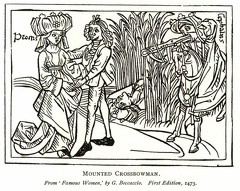 Mounted Crossbowman
Mounted Crossbowman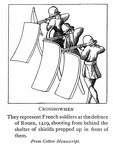 Crossbowmen
Crossbowmen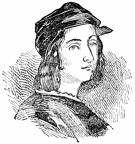 Raffaelle
Raffaelle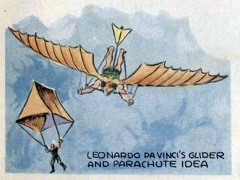 Leonardo da Vinci's Glider and Parachute Idea
Leonardo da Vinci's Glider and Parachute Idea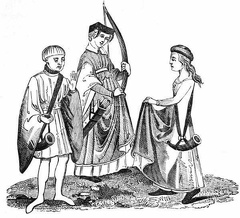 Hunting Dresses.—XV. Century
Hunting Dresses.—XV. Century A Justing Toy
A Justing Toy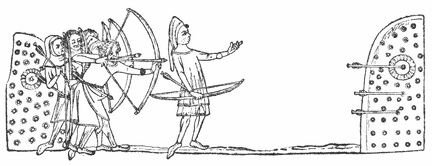 Archery
Archery An Abbot
An Abbot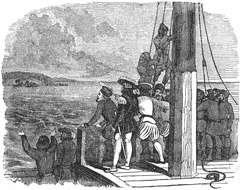 First sight of land from Columbus' ship
First sight of land from Columbus' ship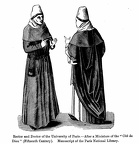 Rector and Doctor of the University of Paris
Rector and Doctor of the University of Paris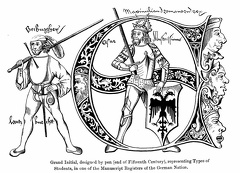 Grand Initial
Grand Initial Columbus watching for land
Columbus watching for land Joan of Arc
Joan of Arc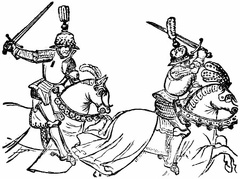 The Duke of Gloucester and the Earl of Warwick
The Duke of Gloucester and the Earl of Warwick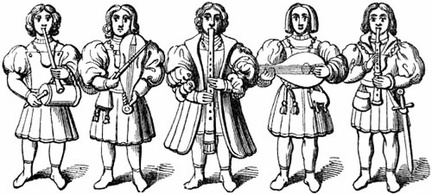 The Beverley Minstrels
The Beverley Minstrels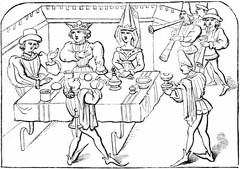 Royal Dinner of the time of Edward IV
Royal Dinner of the time of Edward IV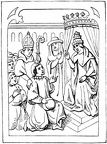 Pope, Cardinal, and Bishop
Pope, Cardinal, and Bishop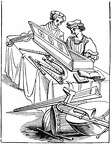 Musical Instruments of the 15th Century
Musical Instruments of the 15th Century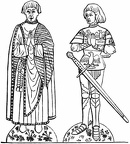 Monumental Brass of Alderman Field and his Son, a.d. 1474
Monumental Brass of Alderman Field and his Son, a.d. 1474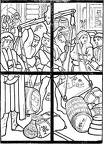 Marchands en Gros, Fifteenth Century
Marchands en Gros, Fifteenth Century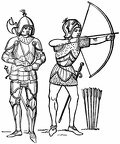 Man-at-Arms and Archer of the Fifteenth Century
Man-at-Arms and Archer of the Fifteenth Century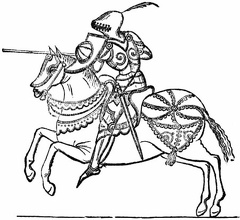 Knight of the Fifteenth Century
Knight of the Fifteenth Century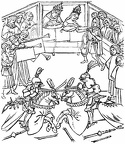 How a mighty Duke fought Earl Richard for his Lady’s sake
How a mighty Duke fought Earl Richard for his Lady’s sake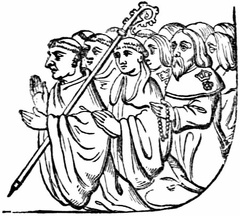 Bedesmen.
Bedesmen.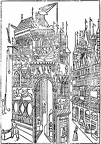 A Mediæval Street and Town Hall
A Mediæval Street and Town Hall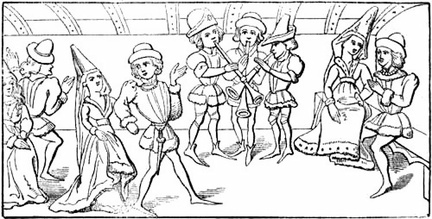 A Dance in the Gallery
A Dance in the Gallery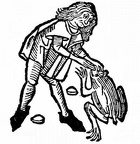 Representation of a man extracting the jewel from a toad's head
Representation of a man extracting the jewel from a toad's head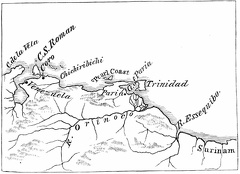 Ojeda's first voyage
Ojeda's first voyage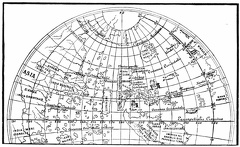 North America from the globe of Johann Schöner
North America from the globe of Johann Schöner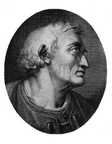 Amerigo Vespucci
Amerigo Vespucci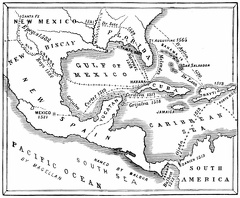 Routes of the discoverers
Routes of the discoverers Christopher Columbus
Christopher Columbus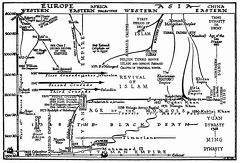 Time-chart A.D. 800-A.D. 1500
Time-chart A.D. 800-A.D. 1500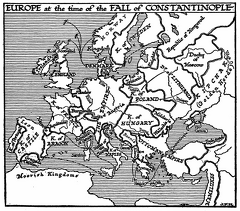 Europe at the Fall of Constantinople
Europe at the Fall of Constantinople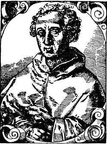 Oldest known image of Columbus
Oldest known image of Columbus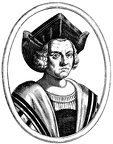 Christopher Columbus
Christopher Columbus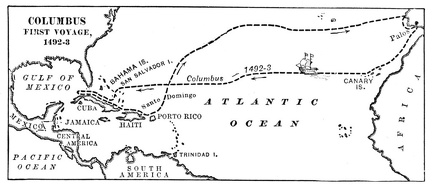 The First Voyage of Columbus
The First Voyage of Columbus Judge
Judge Jeanne de Bourbon
Jeanne de Bourbon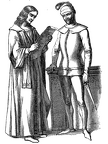 Italians of the 15th Century
Italians of the 15th Century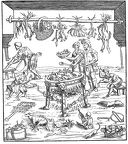 Italian Kitchen
Italian Kitchen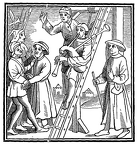 Hanging to music
Hanging to music



